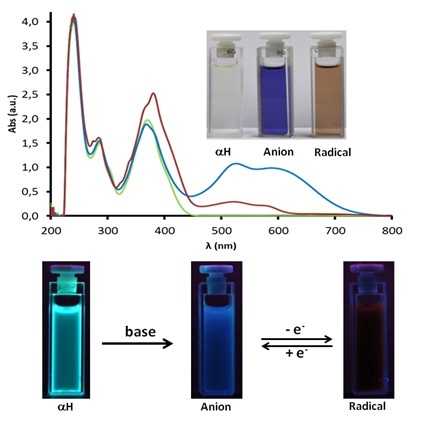Dr. Concepció Rovira Angulo receives the award from the Real Sociedad Española de Química of Research Excellence 2015
The Junta de Gobierno of the Real Sociedad Española de Química agreed to approve the Award for Excellence in Research RSEQ 2015 to Dr. Concepció Rovira Angulo in recognition of his outstanding contributions to chemistry, embodied in conceptual developments and studies on multifunctional molecular materials, particularly electronic and / or magnetic properties.
His interdisciplinary research has a substantial effect on the development of nanoscience and molecular nanotechnology. Dr. Concepció Rovira is Research Professor of CSIC, under the Department of Molecular Nanoscience and Organic Materials Institute of Materials Science of Barcelona (ICMAB-CSIC). Recently, he has been awarded the “2013 Distinguished Women in Chemistry” IUPAC Prize.
She is the author of over 300 publications, over 50 in the last five years, with very strong presence in the most important journals in the field of materials and notorious visibility in multidisciplinary chemistry with high impact factor with tens of publications (Journal of the American Chemical Society / Angewandte Chemie / Chemical Science / Nature Chemistry), 8 of them in the last five years. She is the author of numerous patents, including two international and another in operation. In the last five years it has been principal investigator of three European projects and other with state funding; in that five-year period, he has given more than 30 lectures at conferences and national and international centres of research. He has directed 13 doctoral theses, 3 in the last five years.











